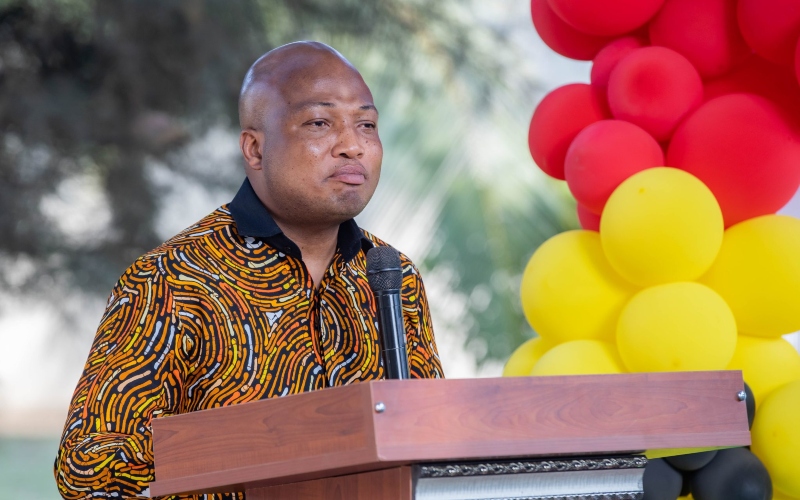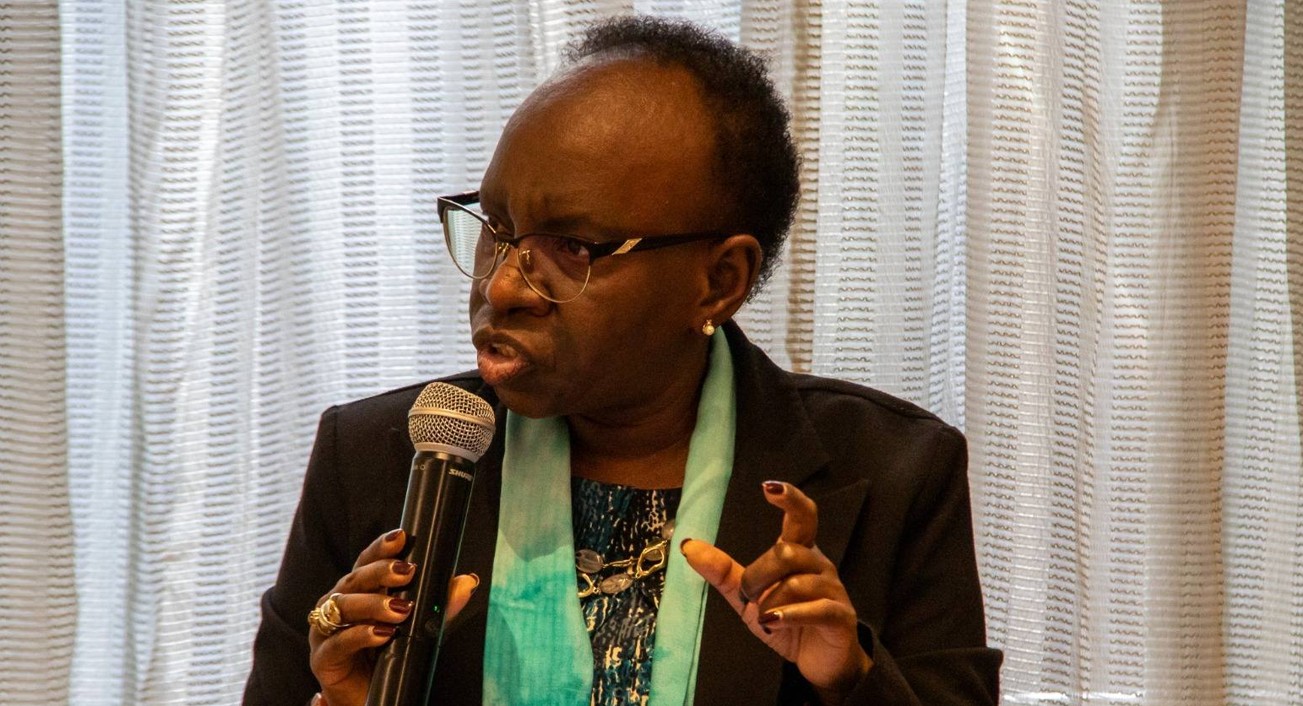New antibiotic outperforms standard tuberculosis treatment in global trial

The trial, presented at an international lung health conference in Denmark, included 309 people across 22 sites in South Africa, the Philippines, Georgia, Tanzania, and Uganda.
Researchers have found that a new antibiotic called sorfequiline, a next-generation drug, works well for treating drug-sensitive tuberculosis (TB) when used with two other antibiotics, pretomanid and linezolid.
In a Phase II study, the combination of these drugs worked better than the usual TB treatment that includes isoniazid, rifampin, pyrazinamide, and ethambutol.
More To Read
- Kenya unveils advanced bronchoscopy programme at KNH to strengthen respiratory care
- Tuberculosis cases fall for first time since pandemic- WHO
- Turkana County, Amref launch final phase of HIV, TB and reproductive care project
- Kenya rolls out AI-powered chest x-rays to boost early TB detection
- Meet Tanzania’s ‘hero rats’ trained to detect landmines, TB and earthquake survivors
- Turkana County intensifies TB fight amid alarming rise in child cases, low treatment success
The trial, presented at an international lung health conference in Denmark, included 309 people across 22 sites in South Africa, the Philippines, Georgia, Tanzania, and Uganda.
All participants had drug-sensitive TB, which means they could normally be treated with standard medicines, but researchers think sorfequiline might also help people with drug-resistant TB.
The study also showed that sorfequiline performed better than bedaquiline, another newer TB drug used for drug-resistant cases. Bedaquiline had already made it possible for many people with resistant TB to finish treatment in about six months, similar to the treatment length for drug-sensitive TB.
Three different doses of sorfequiline (25, 50, and 100 mg) were tested along with pretomanid and linezolid, and compared with both the standard TB treatment and the bedaquiline-based regimen to see how fast patients' sputum samples turned negative, which shows the infection is under control.
By week eight, 59 per cent of people taking the 100 mg dose of sorfequiline reached this goal, compared with 45 per cent in both the bedaquiline group and the standard treatment group. In the highest-dose group, 64 per cent of patients were able to stop treatment at week 15 if their sputum was negative at week eight.
Sorfequiline also seems to be safer than bedaquiline, with fewer heart-related side effects and better tolerance. Like bedaquiline, it is taken orally, making long-term treatment easier for patients.
The study suggests that sorfequiline could be given to any patient who tests positive for TB, without waiting for detailed lab results to determine the exact type, which is important in areas where testing is slow.
Poor adherence to TB treatment is still a big problem. When people do not finish their treatment, they are at higher risk of staying sick and spreading TB. This also contributes to drug resistance, which makes TB harder to treat.
TB is caused by a bacterium called Mycobacterium tuberculosis, which usually affects the lungs but can spread to other parts of the body. Symptoms include a cough that lasts more than two weeks, coughing up blood, chest pain, fever, night sweats, fatigue, and unintentional weight loss.
In Kenya, people with drug-sensitive TB are treated with the standard six-month regimen used worldwide. The first two months, called the intensive phase, involve several antibiotics to quickly reduce the number of bacteria and lower the chance of spreading TB. The next four months, called the continuation phase, use fewer drugs to kill any remaining bacteria and prevent the disease from coming back.
Kenya encourages adherence by using community support and Directly Observed Therapy, where health workers or volunteers make sure patients take their medication.
Drug-resistant TB in Kenya is treated with shorter all-oral regimens lasting six to nine months. These new treatments replace older injection-based therapies and are safer and easier for patients.
The national programme also provides free testing, contact tracing, nutritional support, and follow-up care through community health workers.
Globally, TB treatment works in a similar way. Most countries follow the six-month regimen for drug-sensitive TB, with a two-month intensive phase followed by a four-month continuation phase.
For drug-resistant TB, many countries now use shorter all-oral regimens lasting six to nine months instead of older two-year treatments that required injections. Newer medicines are helping make TB treatment faster, safer, and more effective, especially in places with high levels of drug resistance.
Drug resistance has made TB treatment much harder. When TB bacteria no longer respond to first-line drugs, the standard six-month treatment does not work, forcing patients to rely on longer, more complicated, and expensive treatments.
Drug-resistant TB has led to multidrug-resistant TB (MDR-TB) and extensively drug-resistant TB (XDR-TB), which need stronger drugs that often have more side effects. In the past, these treatments could last 18 to 24 months, and many patients stopped treatment early, which caused even more resistance.
According to the WHO, TB remains a major public-health problem in Kenya and worldwide. In 2023, about 124,000 people in Kenya developed TB, and 97,126 started treatment, giving roughly 78 per cent coverage.
Children made up about 13 per cent of cases, and drug-resistant TB was reported in 706 patients, with a treatment success rate of 83 per cent. Kenya recorded around 15,000 TB deaths that year.
Globally, around 10.8 million people got TB in 2023, with about 10.7 million new cases in 2024. TB caused an estimated 1.23 million deaths worldwide in 2024, including both people living with HIV and those without. About 6.1 per cent of TB patients in 2023 were living with HIV, showing the ongoing link between the two diseases.
Top Stories Today














































